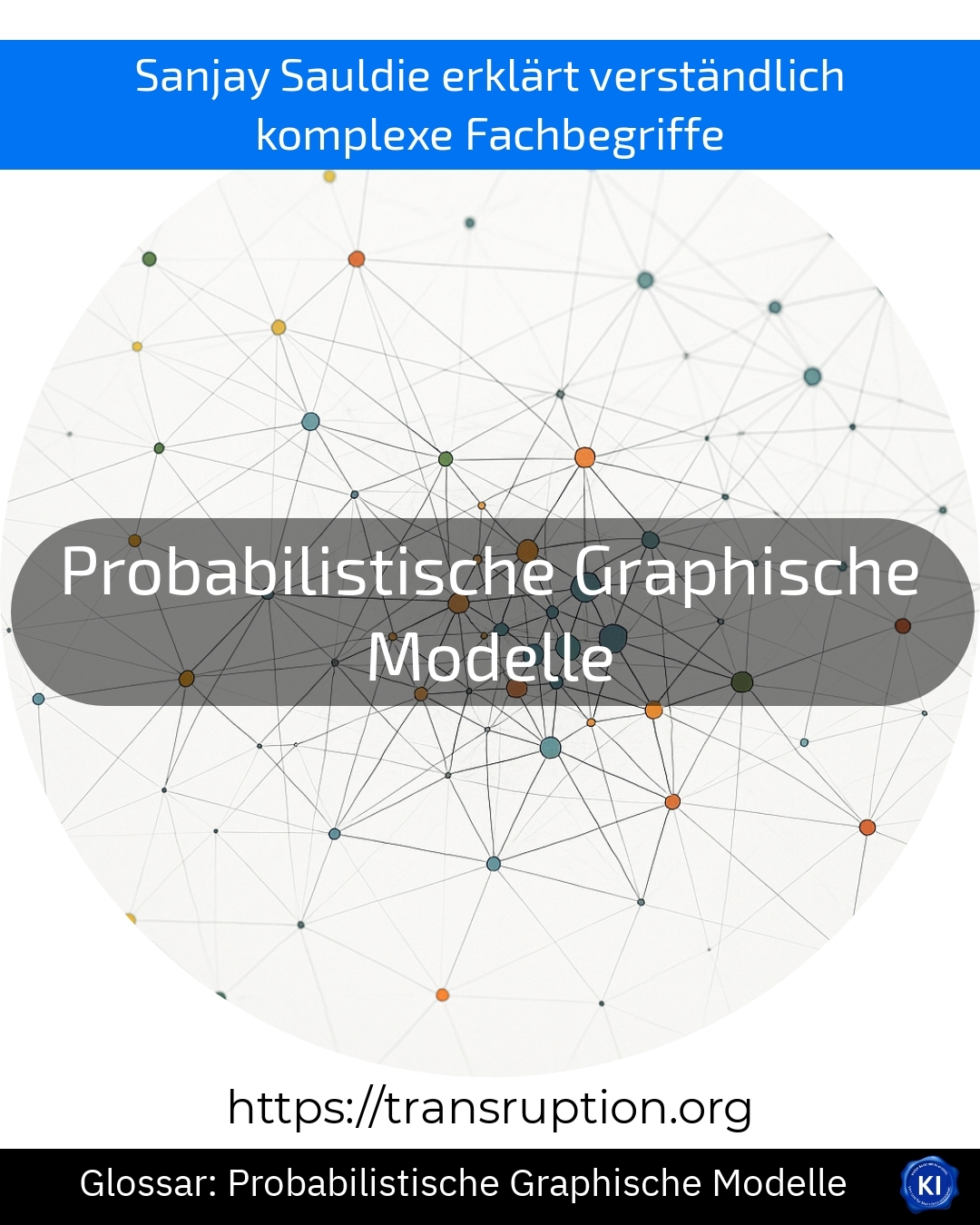Probabilistic graphical models are a term from the categories of artificial intelligence, big data, smart data and automation. They help computer systems to understand complex relationships and uncertainties in large amounts of data.
Imagine you want to predict whether customers will buy a product. You have a lot of information at your disposal, such as age, place of residence and previous purchasing behaviour. Probabilistic graphical models organise this data into a kind of "network" in which various factors are linked together. For example, the model can determine how likely a customer aged between 30 and 40 from Berlin is to buy a particular product if they have previously viewed certain items.
The advantage: these models take uncertainties into account and can make predictions even if some data is missing or inaccurate. They are used, for example, when machines need to recognise errors at an early stage or in medical diagnosis to link symptoms with disease probabilities.
Probabilistic graphical models enable well-founded decisions to be made on the basis of probabilities - even in complex situations with uncertain or incomplete data.















